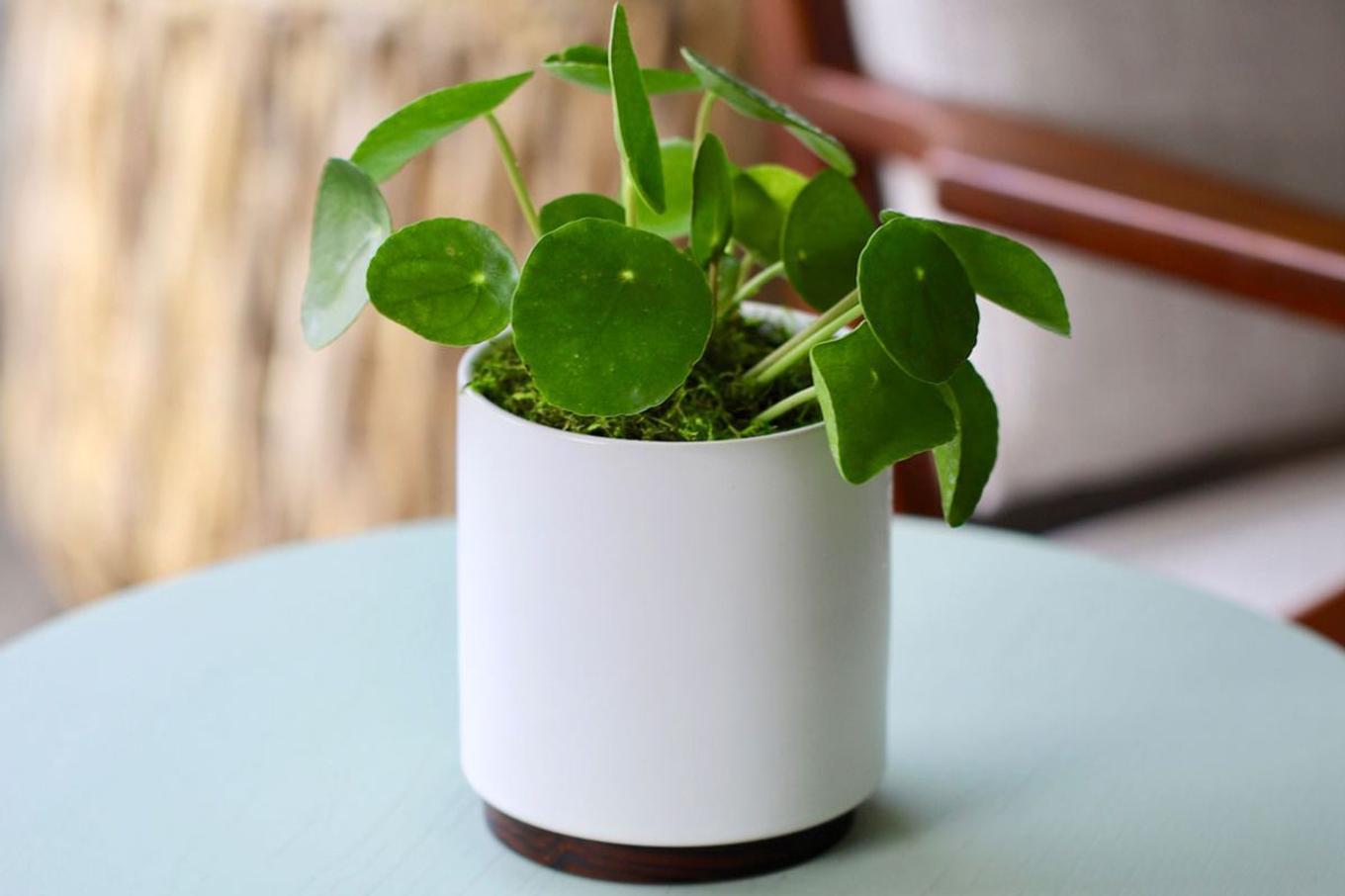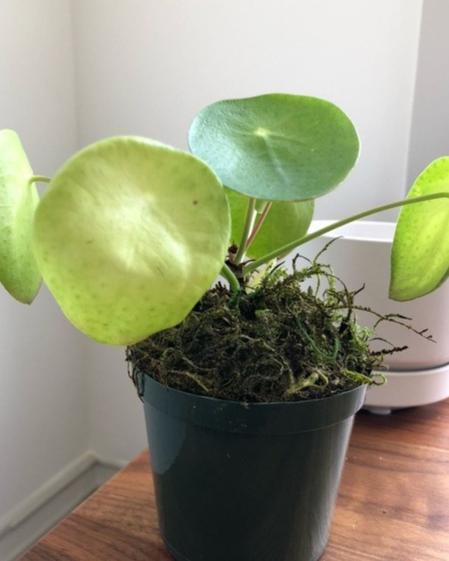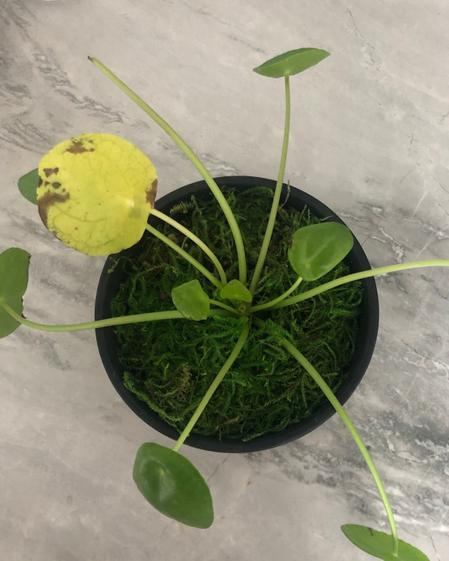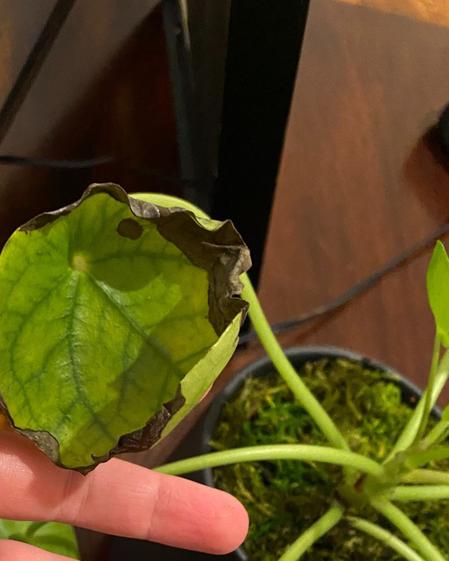Pilea Peperomiodes Care Guide

One of the most charming plants in any collection, the Pilea Peperomioides, aka Chinese Money Plant or Friendship Plant, is loved for its playful, pancake-shaped leaves and fascinating backstory. Originally from the Himalayan mountains, this plant made its way to Europe thanks to a Swedish missionary. For years, you couldn’t buy a Pilea—you had to be gifted one. Its easy-to-propagate nature meant it was passed from friend to friend, hence the nickname “Friendship Plant.” Today, Pileas are easier to find, and their low-maintenance nature makes them a favorite for both new and experienced plant owners.
Simple Care Instructions for the Pilea AKA Chinese Money Plant
Light Requirements
Pileas prefer bright, indirect light, though they can adapt to medium light as well. A few hours of soft morning or late afternoon sun is typically fine, but too much direct sunlight—especially in the peak of summer—can scorch their delicate leaves. Rotate your Pilea regularly to maintain its signature round, balanced shape.
Watering Needs
Allow the top inch of soil to dry out between waterings. Typically, this means watering once a week, but always check the soil before watering—overwatering is one of the most common issues with Pileas. In cooler months, your plant will require less water, so be sure to adjust your schedule accordingly.
Feeling unsure about watering? Use a moisture meter to take the guesswork out of your routine. Shop our minimalist moisture meter here.
Humidity and Temperature
Pileas appreciate moderate humidity and warm, stable environments. Typical indoor conditions suit them just fine, but they’ll benefit from occasional misting or being placed near other plants to boost humidity.
Aim to keep your Pilea in temperatures between 60–80°F (16–27°C). Avoid drafty areas, cold windows, or spots near air conditioning units or heaters, as sudden temperature changes can stress the plant and cause leaf damage.
Soil and Fertilizing
Use a well-draining, all-purpose indoor potting mix with added perlite or pumice for airflow. Pileas like light, airy soil that dries out between waterings.
Feed with a balanced liquid fertilizer 1–2 times per month during the growing season (spring and summer). Reduce or pause fertilizing in the fall and winter when growth slows. You can also foliar feed year-round for gentle, ongoing nourishment.
Common Problems and Troubleshooting Tips
Drooping Leaves
Symptoms: Leaves sagging or appearing limp.
Cause: Underwatering or overwatering.
Solution: First, check if the soil is dry—if so, your Pilea is likely thirsty. Give it a generous drink, and consider bottom watering for a deep soak. If the soil is soggy or has poor drainage, overwatering could be the issue. Repot if necessary to inspect roots and refresh the soil.
Curling Leaves – Too Much Sun
Symptoms: Leaves curling inward or becoming brittle at the edges.
Cause: Sunburn or light stress.
Solution: Move your Pilea to a spot with indirect light and avoid long exposure to strong afternoon sun.
Brown Spots – Sunburn or Fertilizer Burn
Symptoms: Brown patches on the leaves.
Cause: Excessive sun or over-fertilizing.
Solution: Keep your plant away from harsh direct sunlight and always dilute fertilizer as directed. In winter, also check for cold damage from drafty windows.
White Grains on Leaves – Mineral Deposits
Symptoms: White powdery residue or grains on leaf surfaces.
Cause: Mineral buildup from water.
Solution: Wipe leaves gently with a damp cloth to remove. Consider using filtered or distilled water if buildup persists.

Possibly overwatered or mineral buildup in soil.

Sunburn, overwatering, or simply shock from changing temperatures.

Sunburn/heat damage.
Seasonal Care Tips
Pileas grow most actively in spring and summer. During this time, you may see new “pups” sprouting from the soil—these baby plants can be separated and propagated. Come fall and winter, growth slows, and your plant will need less water and no fertilization.
Want to share the joy of Pilea? Snip a pup, pot it up, and gift it to a friend—just like this plant was shared for generations.

